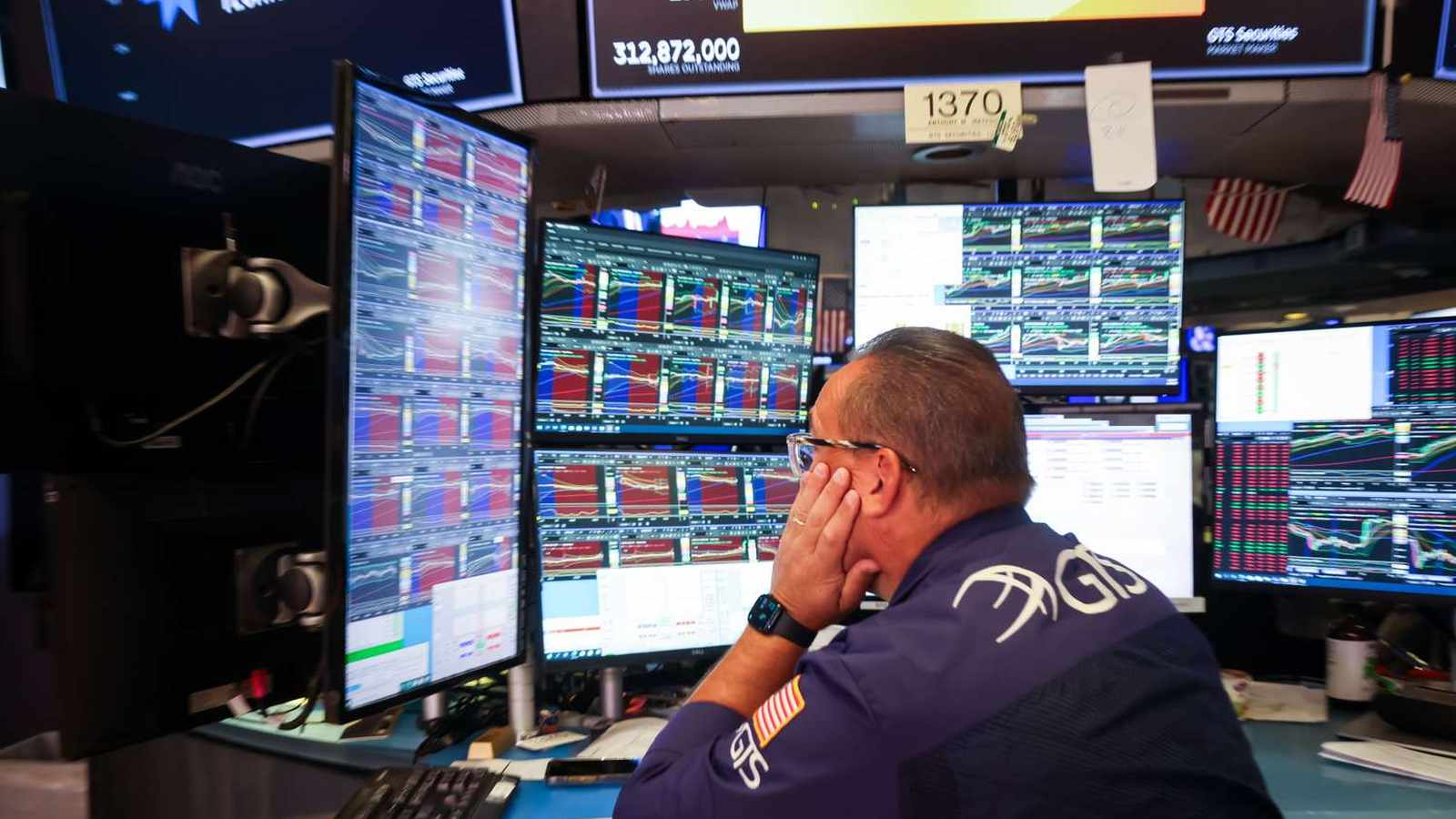Quick Read
- Trade tensions between U.S. and China reignited.
- Major indices like Dow, S&P 500, and Nasdaq fell sharply.
- Safe-haven assets like gold and Treasuries gained traction.
- Technology stocks were heavily impacted, especially AI-related firms.
The stock market witnessed a significant downturn as escalating tensions between the United States and China reignited fears of a trade war. President Donald Trump’s announcement of potential massive tariffs on Chinese imports shook investor confidence, leading to sharp declines across major indices, including the Dow Jones Industrial Average, S&P 500, and Nasdaq Composite. This development not only impacted technology stocks but also rippled through commodities, currencies, and safe-haven assets like gold and U.S. Treasuries.
Key Events Leading to the Market Drop
The root cause of the recent market turmoil stems from President Trump’s comments regarding China’s restrictions on rare earth exports. Rare earth materials are critical to high-tech manufacturing, and China’s control over this market gives it considerable leverage in trade negotiations. Trump’s statement about imposing a 100% tariff on Chinese goods, coupled with his remarks on the hostile nature of China’s policies, reignited fears of a prolonged trade war. These comments followed earlier agreements between the two countries that had temporarily eased tensions.
The immediate impact was felt on Wall Street, with the Dow dropping nearly 900 points, marking its worst day since May. The S&P 500 and Nasdaq also experienced significant losses, driven by a selloff in technology stocks sensitive to U.S.-China trade relations. Companies like Nvidia, Amazon, and Advanced Micro Devices saw their shares plummet as investors anticipated higher costs and reduced profitability due to increased tariffs.
Sector-Wide Impacts
The technology sector bore the brunt of the market decline, as AI and semiconductor stocks are closely tied to U.S.-China trade dynamics. Nvidia and AMD, major players in the AI chip market, saw their stocks tumble by nearly 5% and 8%, respectively. Meanwhile, consumer staples emerged as the only sector within the S&P 500 to post gains, highlighting investors’ flight to safety amid uncertainty.
Beyond technology, other industries faced challenges as well. Levi Strauss warned of margin pressures due to tariffs, leading to a 12% drop in its stock price. Qualcomm also faced scrutiny as Chinese regulators launched an antitrust probe into its acquisition of an Israeli chipmaker, further straining U.S.-China relations.
Safe Haven Assets and Commodity Movements
As investors scrambled for stability, safe-haven assets like gold and U.S. Treasuries gained traction. Gold futures climbed 1.5% to surpass the $4,000 mark, while the 10-year Treasury yield fell to 4.06%, reflecting increased demand for government bonds. Conversely, commodities like crude oil experienced a sharp decline, with West Texas Intermediate crude dropping over 4%. This was partly influenced by geopolitical developments in the Middle East, including a ceasefire agreement between Israel and Hamas.
Broader Economic Implications
The escalation of trade tensions has sparked concerns about its potential impact on global economic growth. Higher tariffs could lead to increased production costs, reduced consumer spending, and slower corporate earnings growth. Additionally, the uncertainty surrounding trade relations has elevated market volatility, as evidenced by the spike in the CBOE Volatility Index, which reached its highest level since June.
These developments come at a time when the U.S. economy is grappling with other challenges, including a government shutdown and mixed consumer sentiment. While the Michigan Consumer Sentiment Index showed slight improvement in current economic conditions, concerns about future prospects remain.
In conclusion, the stock market’s sharp decline underscores the fragility of investor confidence amid geopolitical and economic uncertainty. The renewed U.S.-China trade tensions serve as a reminder of the interconnectedness of global markets and the far-reaching consequences of policy decisions.


